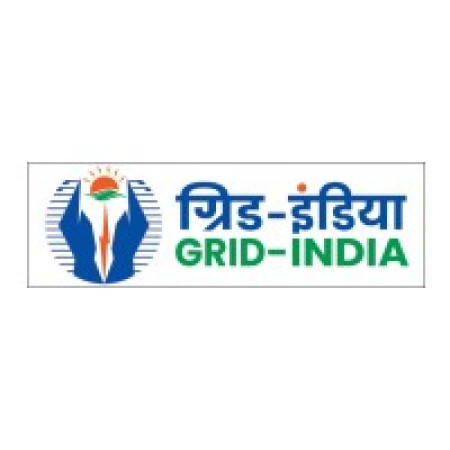
Follow India Renewable Energy News on WhatsApp for exclusive updates on clean energy news and insights
Short-Term National Resource Adequacy Plan (ST-NRAP) 2025-26 by Grid Controller of India Limited.
Mar 19, 2025
India's power sector is at a critical juncture, with the Short-Term National Resource Adequacy Plan (ST-NRAP) 2025-26 forecasting major grid challenges. Peak demand is expected to hit 273 GW in June 2025, pushing grid stability to its limits. Renewables—88.2 GW solar and 30 GW wind—will be key contributors, but supply constraints and grid limitations could cause price volatility.
Projected Power Exchange Price Trends for 2025-26:
- Summer Evenings (April-October): Rs10-12/kWh due to grid stress and reliance on gas-based generation (~36,188 MUs).
- Winter Months: Rs4.5-6/kWh, as demand falls to 135 GW and energy storage (3,998 MW BESS, 7,485 MW PSP) helps balance fluctuations.
- Daytime Solar Hours: Rs3-5/kWh, but curtailment risks (5-10%) persist, especially in Rajasthan and Tamil Nadu.
Challenges Behind the Price Swings:
- 12.1% chance of load loss (LOLP) in May-June, with expected shortages of 7-8 GW.
- Transmission bottlenecks could result in Rs2,000 crore annual curtailment losses.
- If LNG prices exceed $12-14/MMBtu, power prices may spike further.
Solutions for Stability:
- Grid-scale energy storage (BESS/PSP) and smarter outage planning can help mitigate price surges.
- Transmission network expansion is crucial to prevent forced renewable energy curtailments and market instability.
Key Takeaways:
- For consumers: Expect cheaper daytime rates, higher night-time costs.
- For utilities: Optimize real-time dispatch and market strategies to navigate volatility.
These insights are based on ST-NRAP forecasts and market trends, subject to real-time changes in demand, generation, and external factors like LNG pricing.